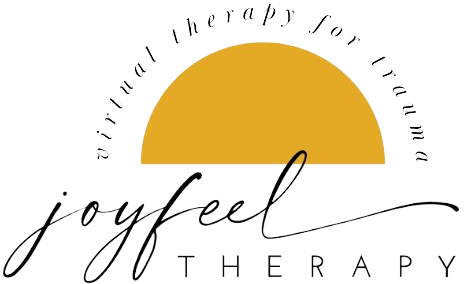What Are Some Common Somatic Therapy Techniques?
Somatic therapy combines psychotherapy and physical therapy to help clients heal. The idea behind this therapeutic approach is that the body and mind are connected, as well as the emotions, thoughts, and sensations a person experiences. This form of therapy aims to help patients heal, address any stressors, and restore that mind-body connection.
Somatic therapy may seem like a new term to you, but there’s a good chance that you may have implemented some of the practices, techniques, or strategies without even realizing it. Let’s learn more about some of the most common somatic therapy techniques.
Body Awareness
Body awareness is a person’s ability to identify and acknowledge any areas in their body that may feel tense. This technique also allows people to gauge what coping mechanisms or strategies work best for them. A therapist will work with their clients to address any tension in the body and help them come up with behaviors, feelings, and thoughts that can help them feel calm again. For example, a person with irritable bowel syndrome may learn to recognize the connection between their symptoms and family conflict.
Grounding
A lot of stress and anxiety stems from worrying about past or future events. Grounding is a great way to bring your body and mind back to the present. Grounding techniques work well to calm a person’s nervous system by helping them stabilize from their surroundings. There are many different grounding techniques, but a great place to start is to get in touch with the different elements around you, like earth, air, water, or fire, through a body scan, deep breathing, meditation, and yoga.
Movement
Somatic movement is moving with full-body awareness in order to assess how the body is feeling rather than meeting a specific fitness goal. This type of bodywork emphasizes the body’s internal sensations, experiences, and perceptions. It can take many forms, such as yoga, breathwork, dance, and any mindful movement that leads the focus inward. Somatic movement can help you:
Release emotions through deliberate and gentle movement targeting physical tension areas throughout the body.
Explore your body and express feelings you might not be able to express. This can help you feel safe in your own body and create self-compassion rather than distancing yourself by being critical and negative.
Balance and cultivate qi (life energy) through meditation, deep breathing, and a calm state of mind.
Resourcing
Resourcing is a technique that helps a person realize where they find peace in their life. This could be in certain things, places, or even people. This technique helps to strengthen someone’s sense of safety and stability in their life and the world around them. Creating a safe space, real or imagined, can help promote calm and peaceful sensations in the body.
Sequencing
Sequencing involves being mindful and paying attention to sensations in the body. A person will be able to recognize what sensations come and leave and the actions that follow their departure to better understand their mind-body connection.
Pendulation and Titration
Pendulation is a technique to help clients process trauma. The therapist guides the client from distressing states of mind and then back to non-distressing. For example, a client might focus on a stressful sensation while discussing trauma and then be guided back to a calm place within their body.
Titration is used in conjunction with pendulation to prevent the nervous system from being overwhelmed during this process. It is a way of slowing and separating trauma.
Next Steps
Many techniques are used in somatic therapy to help strengthen the mind-body connection. There are even some techniques you can try out on your own from the comfort of your home. Are you interested in exploring somatic therapy further? Reach out today to set up an initial consultation.

